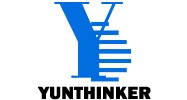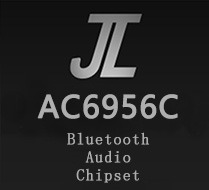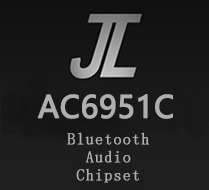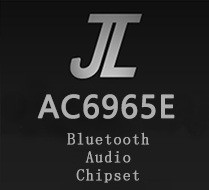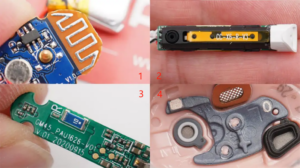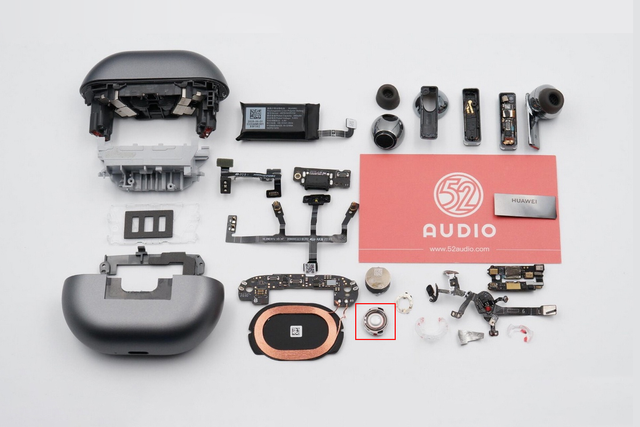
1. TWS headphones are composed of a charging compartment and headphones:
Charging compartment: lithium battery, lithium battery protection board, 5V boost, charging management chip, MCU (not necessary). Headphones: Bluetooth chip, lithium battery, speaker, mic, antenna.
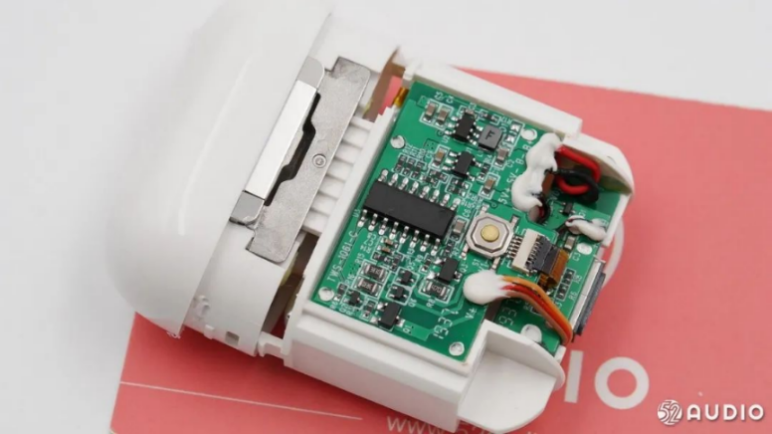
2. Charging chamber function and its composition
2.1 Power management chip manufacturer
Yingjixin, Yutai Semiconductor, Micro-yuan Semiconductor, Shengbang Microelectronics, etc.;
2.2 Function
The main functions are similar to the power bank we usually use. According to whether the charging bin main control chip and the headset entering the bin can communicate, it can be divided into communication with and without communication. With communication solutions, the charging chamber can easily obtain and control the status of the headphones. Provide charging management for the charging chamber and lithium batteries in the headset; indicating the battery capacity, communication with the headset Bluetooth chip, etc.
2.3 3.7V lithium battery
Usually it is about 500mAh, the larger the battery life, the longer the battery life. Lithium battery manufacturers (Zijian Electronics, Yiyi and other new energy, Yiwei Lithium Energy, Ganfeng Lithium Industry, etc.).
2.4 Lithium battery protection chip
Provides over-discharge, over-charge, over-voltage, over-current and over-temperature to protect the charging safety of lithium batteries.
2.5 Lithium battery charging chip
Control the chip that charges the battery. Basic functions: You can set the charging current, charging status (whether it is full), overvoltage, and overcurrent protection.
2.6 5V boost chip
Boost the lithium battery 3.7V to 5V. After the headset is in the compartment, it is connected through a thimble pin to detect and provide this 5V power supply to charge the headset.
2.7 MCU single-chip chip
The power level of the charging chamber is detected and the power level is displayed by controlling the LED digital or LED indicator lights; the communication between the thimble and the headphone Bluetooth chip and interactive information is communicated to realize the charging chamber to display the headphone status and control the headphones; some MCUs integrate charging management and boost functions, so there is no need to add a charging management chip; some charging chambers do not have an MCU single-chip chip, only a charging management chip.
2.8 Keys and digital tube display:
We call it UI, indicating the power, controlling the headphone pairing and other operations.
3. Bluetooth chip
3.1 Bluetooth chip manufacturer
JL, Lanxun, Hengxuan BES, Wuqi, Qualcomm, Realtek, Lodda, Huilian, etc. Among them, JL and Lanxun account for more than half of the market share.
What are the models of Jieli Bluetooth headphones?
AC69X Series:AC695N、AC696N、AD697N、AD698N
AC/JL70N Series:AC700N、JL701N、JL703N、AC704N、AC705N、AC706N、AC707N、JL708N、JL709N、JL710N
3.2 Function
Responsible for Bluetooth connection, calls, music, etc. Responsible for data transmission and reception, decoding, encoding, transcoding and decoding, etc.
3.3 How TWS works
The basic principles of True Wireless Stereo headphones:
TWS headphones are divided into left and right headphones. The headphones connected to the mobile phone are called main headphones, and the other one is called secondary headphones.
The mobile phone is connected to the main earphone, and the main earphone is connected to the secondary ear group to form a stereo system to realize the real wireless separation of Bluetooth left and right channels.
The mobile phone sends the audio from the left and right channels to the main ear, and the main ear sends one of the channels to the secondary ear.
4. Generation unit
4.1 Function: Sound
Principle: Vibration produces sound, how can vibration be produced?
The alternating audio signal flows through the coil, forming an alternating magnetic field (the polarity is constantly changing), and interacts with other permanent magnet materials (same sex repulses and opposite sex attracts each other). This changing magnetic force drives materials such as diaphragm to vibrate, thereby making sound.
4.2 Classification
There are three main types: dynamic coil, dynamic iron, and coil iron.
① dynamic coil
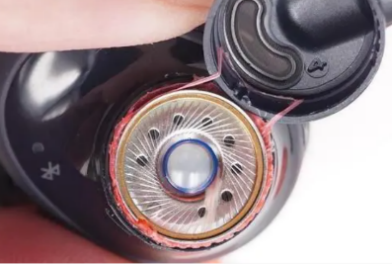
Dynamic coil speakers mainly use the internal film as the vibration source. A coil is attached to the film. The current flows through the coil to generate a magnetic field. The magnetic field and permanent magnet material interact to promote the film to vibrate and produce sound.Advantages: Low technical difficulty, low cost, good low frequency performance, mainstream market.Disadvantages: The sound leakage and high frequency partial attenuation are very obvious.
② dynamic iron
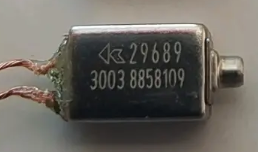
The dynamic iron earphones are transmitted to the center point of a micro diaphragm through a precisely structured connecting rod, thereby generating vibration and stimulating.
Advantages: Small size, solves the problem of sound leakage, and multiple dynamic iron units can be used to improve the sound quality of each frequency band.
Disadvantages: The structural process is complex, expensive, and the tuning technology is difficult.
③ coil iron
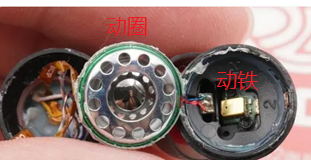
The generation unit includes dynamic coil and dynamic iron, and the advantages of both complement each other.
5. Tit
5.1 Function: Collect sound and convert the changing pressure waves in the air into changing electrical signals.
5.2 Commonly used wheat categories:
①Electret microphone:
The electret microphone uses electret substances that can retain permanent charge and no longer need to supply power to the capacitor. (If the amplifier circuit is built into the electret microphone, power is required)
Advantages: mature technology and cheap price.
Disadvantages: Large size, inconvenient SMT and long leads, resulting in signal attenuation, many production processes, poor consistency and unstable sensitivity.
② MEMS microphone:
Principle: It is usually composed of capacitors and signal processing circuits composed of thin films and electrodes, and is integrated on semiconductor silicon materials, so it is also called silicon microphones. SiM generally integrates preamplifiers, and some siliconMicroelectronics will even integrate analog and digital converters to directly output digital signals and become digital microphones.
Advantages: Small size, SMT, good product stability.
Disadvantages: High price.
6. Antenna
Function: Send and receive wireless 2.4G Bluetooth signals.
There are 4 commonly used antenna categories:
① PCB onboard antenna
Draw it directly on the PCB board. Due to product volume limitations, speaker boards are commonly used, and TWS headphone boards are rarely used.
Advantages: Easy to debug, cheap.
Disadvantages: Large area and relatively single direction.
② FPC antenna
The plate antenna is drawn onto yellow flexible plastic.
Advantages: It is suitable for most small electronic products, with rich frequency bands, better performance and lower cost.
Disadvantages: Each product requires separate debugging and manual patching.
③ Ceramic antenna
Small size and widely used in TWS headphones.
Advantages: Small size, easy to use, low cost, good performance and only takes up a small space.
Disadvantages: High requirements for clearance areas, relatively single direction, and requirements for placement.
④ LDS antenna
The LDS antenna adopts laser direct molding technology, and uses laser/laser/electroplating technology to directly plate the inner layer of the plastic shell of the headphone into a metal antenna pattern, further making use of the internal space of the headphones. The LDS antenna requires a flat plane inside the plastic shell of the product to attach it.
Advantages: All-directional support and strong acceptance ability.
Disadvantages: The cost is more expensive and has special requirements for the product’s external surface process materials.
7. Typical noise-cancelling Bluetooth headset parameters answers
①HIF sound quality in Circle Iron Architecture
The sound generating unit adopts dynamic coil + dynamic iron, taking into account the advantages of both, dividing the frequency to adjust the sound quality, and both high and low frequencies are very good. Supports audio transmission protocol LDAC with high sound quality.
② QuietMax intelligent noise reduction depth reaches 42db
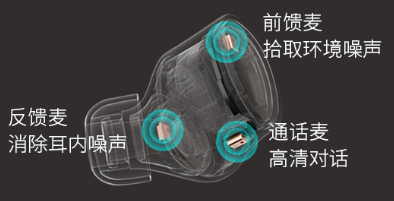
Each headset uses a mixed feed of FF/FB feedforward and back feed, and double-machine active noise reduction. Adaptive noise reduction algorithm is designed to identify various environments such as stations/subways/streets/offices, and automatically adjust the software ANC active noise reduction algorithm.
